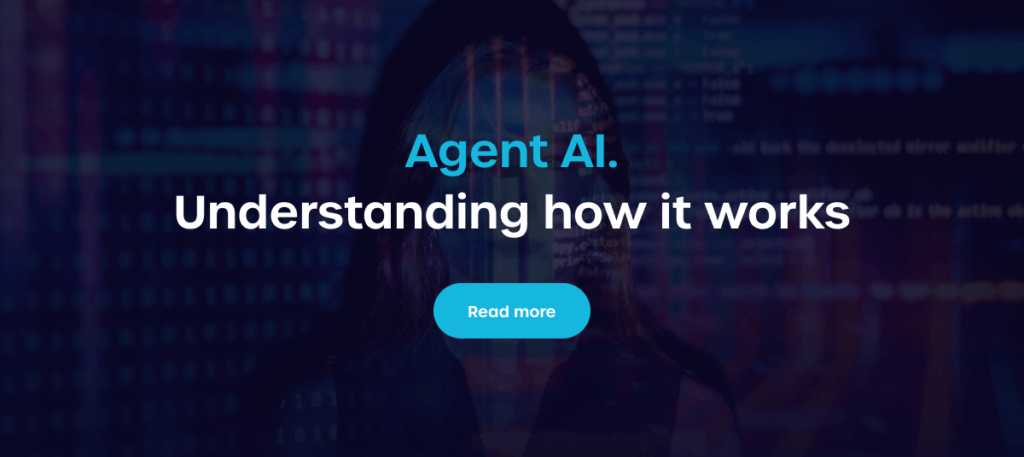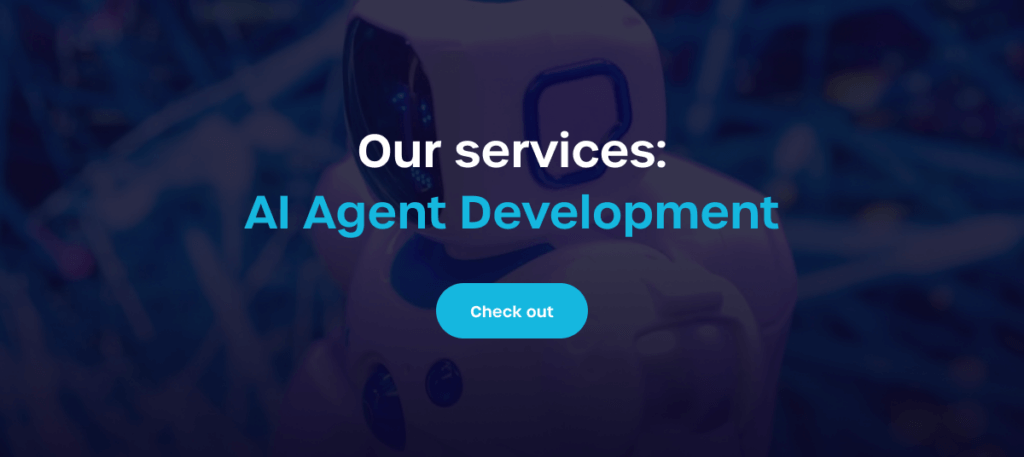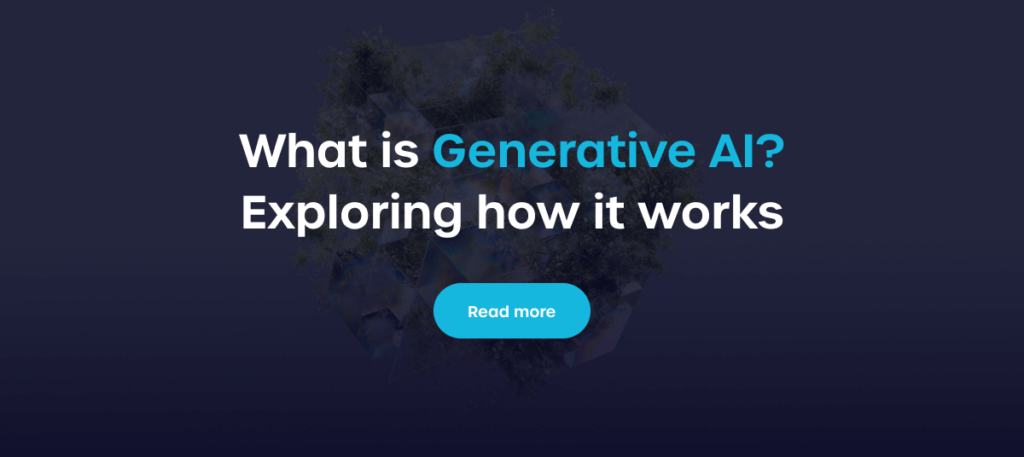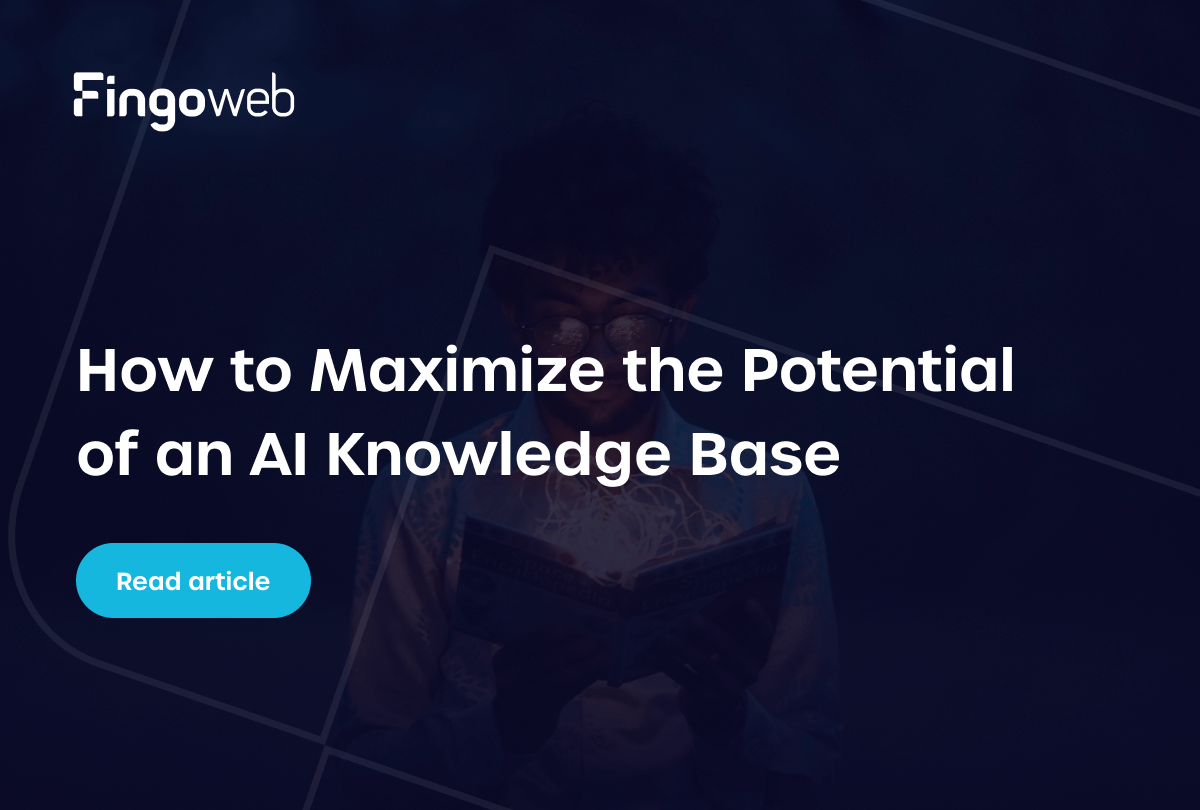Artificial Intelligence is reshaping industries by automating tasks, improving decision-making, and enhancing user interactions. If you want to build an AI agent, it’s essential to follow a structured approach – from defining its purpose to selecting the right frameworks and ensuring long-term maintenance.
This comprehensive guide will walk you through each step, providing the knowledge and tools needed to develop a powerful and efficient AI system. Whether you’re creating a language-processing agent or a reinforcement learning model, you’ll gain the insights necessary to build an AI agent that meets your specific needs.
Step 1: Define the purpose of your agent
Defining the purpose is crucial when you aim to build an AI agent. Establishing a clear goal will help streamline the development process and ensure your agent meets the intended needs.
Identify the task for your AI agent
To successfully build an AI agent, start by identifying the specific task you want your agent to accomplish. Whether it’s automating repetitive tasks, providing customer support, or analyzing data, articulating the primary function will guide the development process. A well-defined task leads to a more effective and efficient AI agent that can achieve its objectives.
Here are some other tasks that the system can perform:
- Optimize supply chain management – AI agent can predict demand, automate inventory tracking, and suggest efficient logistics routes.
- Personalize content recommendations – Artificial Intelligence can analyze user behavior to suggest relevant articles, videos, or products in real time.
- Automate financial fraud detection – Agent AI can monitor transactions, detect suspicious activity, and prevent fraudulent behavior.
- Enhance cybersecurity – AI can monitor network activity, detect anomalies, and prevent cyber threats in real time.
And many, many more. If you are not sure what Agent AI can provide, check out our latest article.

Understand your agent’s role and requirements
Understanding the role and requirements of your AI agent is essential in the planning phase. A well-defined scope helps prevent inefficiencies and ensures smooth integration into your system. This involves:
- Assessing technical requirements – Identify the computing power, algorithms, and frameworks necessary for development.
- Evaluating resource needs – Consider data availability, storage, and processing capabilities required for optimal operation.
- Understanding the deployment environment – Ensure compatibility with the systems, platforms, or devices where the AI agent will function.
Knowing these factors ensures that your AI agent can perform optimally and align perfectly with user expectations.
Step 2: Choose the right type of AI agent
The type of AI agent you choose can significantly impact its performance and usability. Whether you decide to build an AI agent for business focused on language processing or a reinforcement learning (RL) agent, the choice must align with your goals.
Build an AI agent for text understanding (LLM-based)
If your goal is to process and understand text, consider building an AI agent based on large language models (LLM). These models excel at natural language understanding and generation, allowing for engaging and human-like interactions. By using advanced algorithms, an LLM-based AI agent can assist in various applications, such as:
- Chatbots – Provide real-time customer support and answer inquiries efficiently.
- Content generation – Create articles, reports, or marketing copy automatically.
- Text summarization – Condense long documents into concise summaries for quick insights.
Build an RL agent for environment learning
For tasks that require learning and adaptation to changing environments, building an RL agent is a suitable approach. Reinforcement learning enables agents to learn from their actions and improve performance over time based on feedback. This type of AI agent is particularly useful in dynamic settings, such as gaming or robotics, where behaviors must continuously evolve to meet new challenges.
Reactive vs deliberative AI agents
Another key distinction in AI agents is between reactive and deliberative models. Reactive AI agents operate based on immediate inputs without relying on past experiences or memory. They respond quickly to changes in their environment, making them ideal for applications such as fraud detection systems that instantly analyze transaction patterns to flag suspicious activity.
In contrast, deliberative AI agents use stored knowledge and reasoning to make decisions. These agents analyze past data, plan actions, and predict outcomes, making them well-suited for autonomous navigation systems, like self-driving cars, which assess multiple factors before determining the best route or maneuver.
Step 3: Select frameworks and libraries
Choosing the right frameworks and libraries is a vital step when you aim to build an AI agent effectively. The landscape of AI development is rich with tools that can accelerate your progress, ensuring your agent operates smoothly.
Choose the right frameworks to build an AI agent
Frameworks play a significant role in simplifying the complex processes of AI development. Popular choices like TensorFlow and PyTorch provide robust environments for training models and building AI agents efficiently. Selecting a framework that aligns with your project requirements can help streamline the implementation and enhance the capabilities of your artificial intelligence agent.

Creating agents often requires similar mechanisms and code functionalities. Instead of building these solutions from scratch, one can use libraries that include essential components, allowing developers to focus on expanding unique mechanisms specific to their solution.
Libraries like OpenAI Gym provide an accessible way to solve example problems, introduce reinforcement learning concepts, and help in better understanding its nature.
TensorFlow and PyTorch offer greater flexibility in designing architectures and simulating any phenomenon, as long as we know how to model it.
Which libraries are necessary for AI agent development?
To build an AI agent, certain libraries can be invaluable. Libraries such as OpenAI Gym for reinforcement learning, SpaCy for natural language processing, and NumPy for numerical computations provide essential functionalities. By integrating the right libraries into your project, you can accelerate the development process and enrich your agent's capabilities.
Choosing the right frameworks and libraries can be complex, and the wrong choice may lead to inefficiencies. Partnering with a software house during AI agent development ensures you get expert guidance, optimizing your AI agent’s architecture and tool selection for the best results.

Step 4: Get proper AI development support
Proper support in Generative AI app development is integral to the success of your project. Available resources can help you transition smoothly through various developmental stages to ensure effective functionality.
Ensure secure and efficient setup
A secure and efficient setup is fundamental when building your AI agent, as it lays the foundation for reliability, trust, and long-term success. To achieve this:
- Ensure regulatory compliance – Adhere to industry standards and legal requirements to prevent risks and build trust.
- Choose a safe infrastructure – Use reliable hosting, encryption, and access controls to protect sensitive data.
- Manage data privacy – Implement strict data handling policies and anonymization techniques to safeguard user information.
Define evaluation metrics to build an AI agent
Evaluation metrics provide a clear framework to measure the performance of your AI agent for business. Metrics such as accuracy, precision, and recall help ascertain how well the AI agent performs its designated tasks. By setting these benchmarks early, you will better monitor progress and improve your agent further throughout its lifecycle.


Step 5: Keep your agent running smoothly
Maintaining your AI agent is as crucial as building it. Continuous optimization and support ensure that your AI agent remains relevant and functional over time.
Optimize and scale your agent with software house
Collaborating with a software house can enhance the optimization and scaling of your AI agent. The professionals can offer insights and strategies tailored to your agent's needs, ensuring it adapts to user requirements. Investing in development and scalability can lead to substantial long-term benefits for your business.
By leveraging our insights, your AI agent can efficiently adapt to user requirements, handle increasing workloads, and deliver consistent results. Investing in development and scalability now can lead to substantial long-term benefits, giving your business a competitive edge in the evolving AI landscape
Get ongoing AI maintenance and support
Ongoing maintenance and support are necessary to keep your AI agent at peak performance. Regular updates, patch management, and user feedback implementation can significantly improve functionality. By prioritizing maintenance, you ensure that your artificial intelligence agent continues to meet evolving demands.

FAQ - How to build AI Agent
How do I choose the right AI model to build an AI agent?
Choosing the right AI model for your agent depends on the specific tasks and objectives you have in mind. Consider factors such as data availability, the complexity of tasks, and performance requirements. Conducting experiments with different models can also help in selecting the best fit for your needs.
Can I combine LLM and RL to build an AI agent?
Yes, combining LLM and RL methodologies can create a powerful AI agent capable of understanding language while adapting to environments. This hybrid approach allows for enhanced capabilities, enabling the agent to communicate effectively while also learning from interactions. It opens avenues for innovative solutions in areas like conversational agents and dynamic learning systems.
What tools are needed to successfully build an AI agent?
To build an effective AI agent, you will need several tools, including frameworks like TensorFlow, libraries for processing data, and monitoring solutions for performance tracking. Additionally, collaborative tools for team communication and project management are also beneficial. By leveraging the right tools, you can streamline development and ensure your AI agent performs optimally.
What is the most popular AI Agent example?
One of the most popular AI agent examples is ChatGPT by OpenAI. It serves as a conversational AI that can generate human-like responses, assist with tasks, and automate workflows across various industries.
Other widely known AI agents include:
- Google Assistant – A voice-activated AI that helps users with tasks, searches, and smart home control.
- Amazon Alexa – A virtual assistant integrated into smart devices, providing voice commands, automation, and information retrieval.
- Apple Siri – A personal assistant for Apple devices that responds to voice commands, performs tasks, and integrates with apps.
- Microsoft Copilot (formerly Cortana) – An AI-powered assistant that helps users with productivity tasks, coding, and document generation.
These AI agents showcase the power of conversational AI, automation, and integration, making them essential tools in both personal and business settings.






